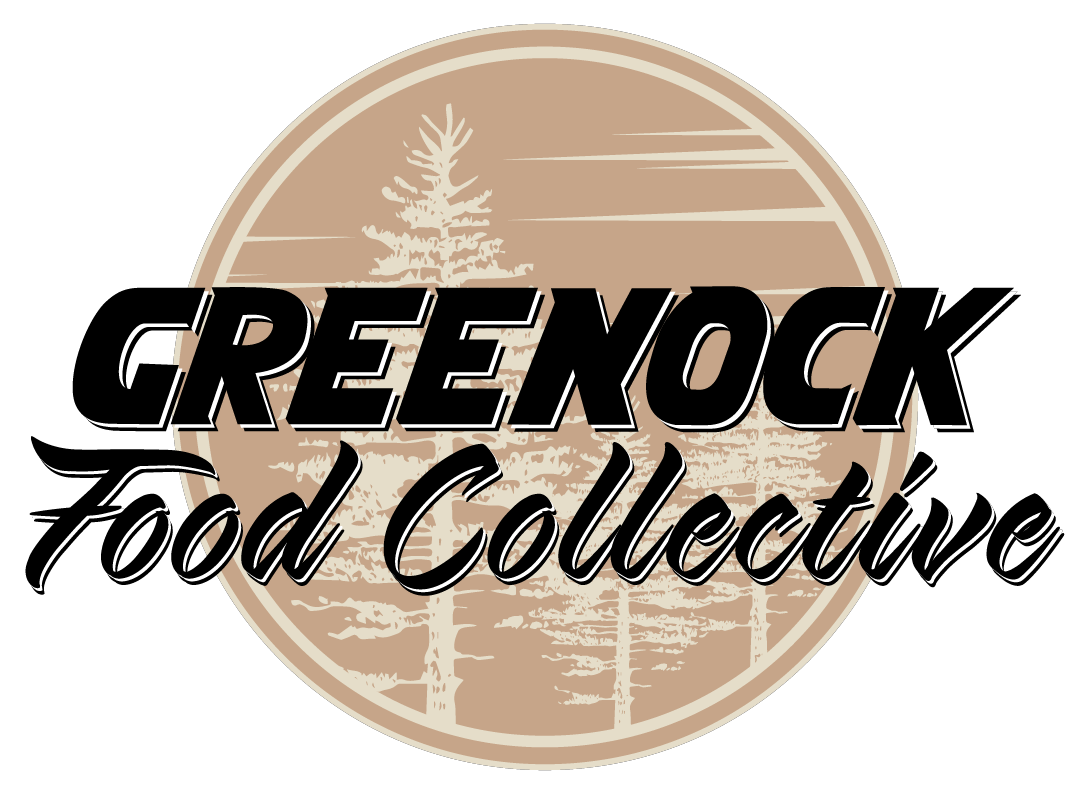Introduction and Kitchen Essentials
Hi There,
I’m James Wilton and the founder of Greenock Beef. One of my favourite things to talk about is cooking, but when it comes to beef we receive a lot of questions about the different cuts and how to best cook them. This is why we decided to start a cooking section on the website! My goal for these posts is to provide some helpful tips that give you confidence in the kitchen to cook some delicious beef.
I will share cooking techniques, information about different cuts of beef and recipes that bring it all together. Each post will be short and sweet so you can spend more time in the kitchen. That said, if you have any questions, you can always reach out to me at james@greenockbeef.com. I'd be happy to chat.
So let's get started!
For the first post I wanted to provide some information on kitchen essentials that I would be lost without when cooking beef. There are so many kitchen gadgets and tools that are out there today and it can be hard to know what you need and what you don’t need. Below is a short list of kitchen equipment that I couldn’t live without:
Digital Instant Read Thermometer: If there is one item that will improve how you cook beef, it is a good thermometer. It makes your cooking clear as day and lets you know when the meat is too rare, when it is done to perfection and will stop you from over cooking. There are lots of options to choose from, but Thermaworks makes about the best. My preference is the Thermapen, but the Thermopop is a less expensive alternative.
Kosher Salt: Ok, this is not equipment but I wouldn’t cook beef without it. Kosher salt is additive free and doesn’t have the off-putting flavours that table salt contains. It is relatively cheap and plentiful at most grocery stores. When I can’t find it at the store, I will pick up pickling salt.
Chef's Knife: My Chef's knife manages about 95% of my cutting in the kitchen. Meat, veggies, fruit, it cuts them all. Searching for a Chef's knife can take you down a dark whole of internet searching, but I suggest going to a local kitchen supply store to try holding different options. It’s important that it feels good in your hand. You don’t need to break the bank on a fancy knife, do your research and purchase one you can afford. Brands like Global and Henkel provide great value for their products. I personally enjoy my 20cm Wusthof Chef's Knife.
Cast Iron Pan: A cast iron pan is one of the best options when pan frying a steak or cooking a roast. When properly seasoned, they have a non stick surface and are second to none when browning beef. Lodge makes the standard when it comes to cast iron pans and they are very affordable. That being said, there are lots of vintage cast iron pans lurking in attics and garage sales just waiting to be restored. They come back to life with a bit of elbow grease and last forever with the proper care.
Dutch Oven: A cast iron dutch oven is essential when it comes to braising and stewing. With a bit of time, they turn cuts filled with tough connective tissue into lusciously tender meats. Just think about Osso Buco or Ox tail. There is a huge price range when it comes to dutch ovens, so make sure to do your research. With proper care, they will last you a lifetime so it is worth spending the extra money if you can afford it. I use a 26 cm La Crueset.
Kitchen Scale: Though a kitchen scale isn’t needed for regular day to day cooking, they are very useful as you begin to experiment in the kitchen. Weight is the most exact measurement when it comes to cooking because everything comes in different sizes and shapes (rock salt vs. table salt). Once you try curing meats or baking bread, where the chemical reactions between ingredients will make it or break it, a good scale is important. There are lots of options out there, just be sure to use a digital scale.
Oven Proof Pots and Pans: This is more of a note for the next time you are looking for kitchen ware. Make sure that your pots and pans are oven proof so you can easily transport items from your stove top to your oven. This is important in braising, as you brown the meat, saute veggies and bring the liquid up to temperature on the stove top, then transition the whole pot to the oven to slowly simmer for hours (more on this in next post!)
In my next post, I will dive into the first topic of my cooking techniques series - braising.
Happy Grazin’,
James Wilton | Founder of Greenock Beef
